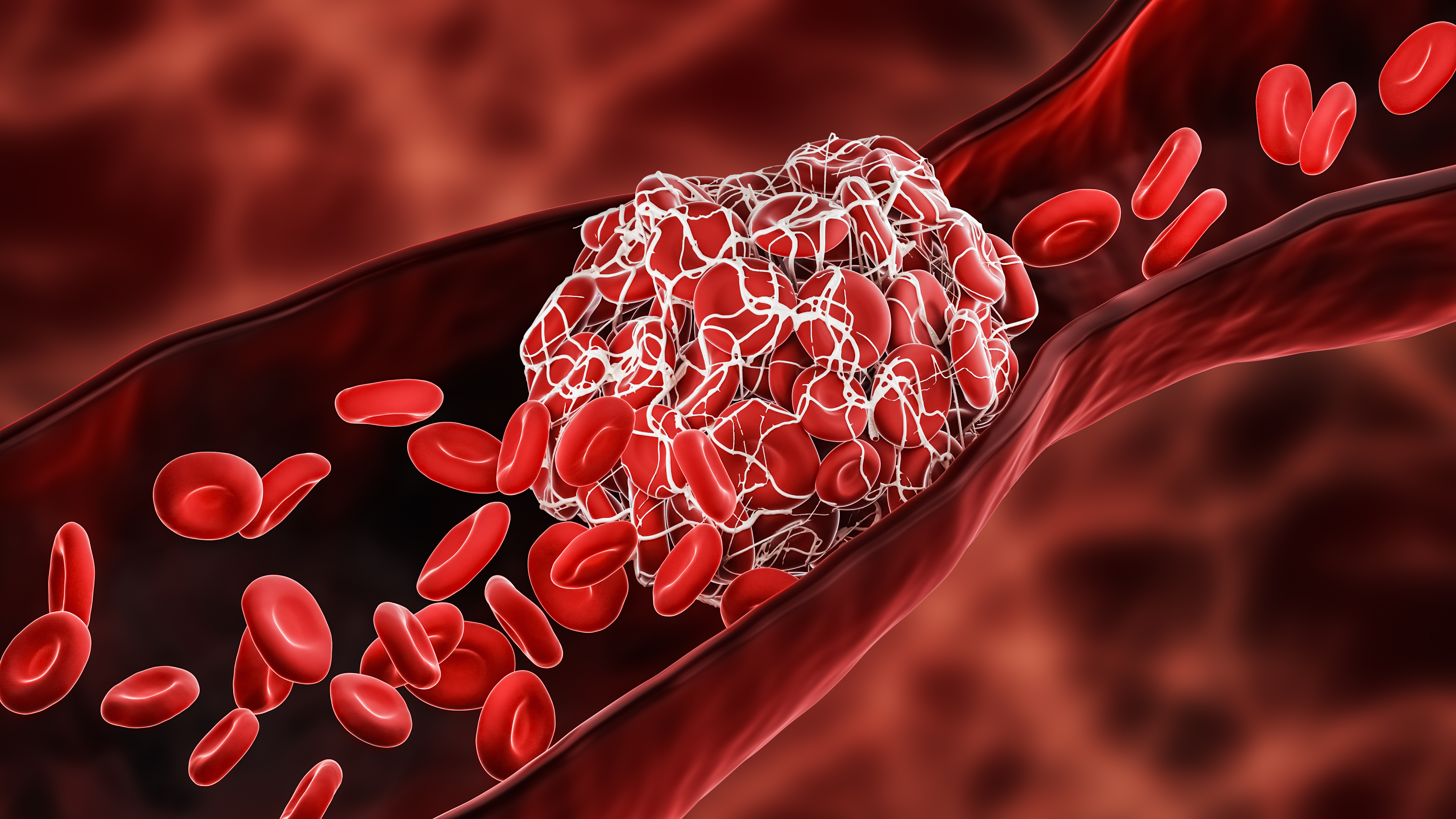There was insufficient proof that tranexamic acid (TXA) used as a preventative measure in thrombocytopenia worked. From June 2016 to June 2020, randomized, double-blind clinical research was carried out to see if TXA safely lowers bleeding incidence in patients receiving therapy for hematologic malignancies.
Of the 3,120 adults who underwent screening, 356 were found to be eligible and enrolled. Of these, 337 patients (mean age, 53.9; 141 [41.8%] women) were randomized to receive either 1,300 mg of TXA orally or 1,000 mg of TXA via IV (n = 168) vs. placebo (n = 169) 3 times daily for a maximum of 30 days. When the platelet counts of the 330 patients went below 30,000/µL, they were activated; 279 of them (or 83%) got full outcome assessment. About 50.3% (73/145) & 54.2% (78/144) of patients in the TXA & placebo groups, respectively, and an adjusted odds ratio of 0.83 (95% CI, 0.50-1.34; P =.44) of patients experiencing World Health Organization (WHO) grade ≥2 bleeding was seen 30 days after activation.
There was no statistically significant difference in the average number of platelet transfusions (mean difference, 0.1; 95% CI, -1.9 to 2.0), the average number of days without grade ≥2 bleeding (mean difference, 0.8; 95% CI, -0.4 to 2.0), the average number of thrombotic events (6/163 [3.7%] TXA, 9/163 [5.5%] placebo), or the average number of serious bleeding-related deaths. The most frequent adverse reactions were diarrhea (116/164 [70.7%] TXA and 114/163 [69.9%] placebo), febrile neutropenia (111/164 [67.7%] TXA, 105/163 [64.4%] placebo), tiredness (106/164 [64.6%] TXA, 109/163 [66.9%] placebo), & nausea (104/164 [63.4%] TXA, 97/163 [59.5%] placebo).
In hematologic malignancy patients receiving chemotherapy or hematopoietic stem cell transplantation, preventive treatment with TXA did not substantially lower the incidence of WHO grade ≥2 hemorrhages when compared to placebo.
Reference: ashpublications.org/blood/article/140/11/1254/485476/Prophylactic-tranexamic-acid-in-patients-with


